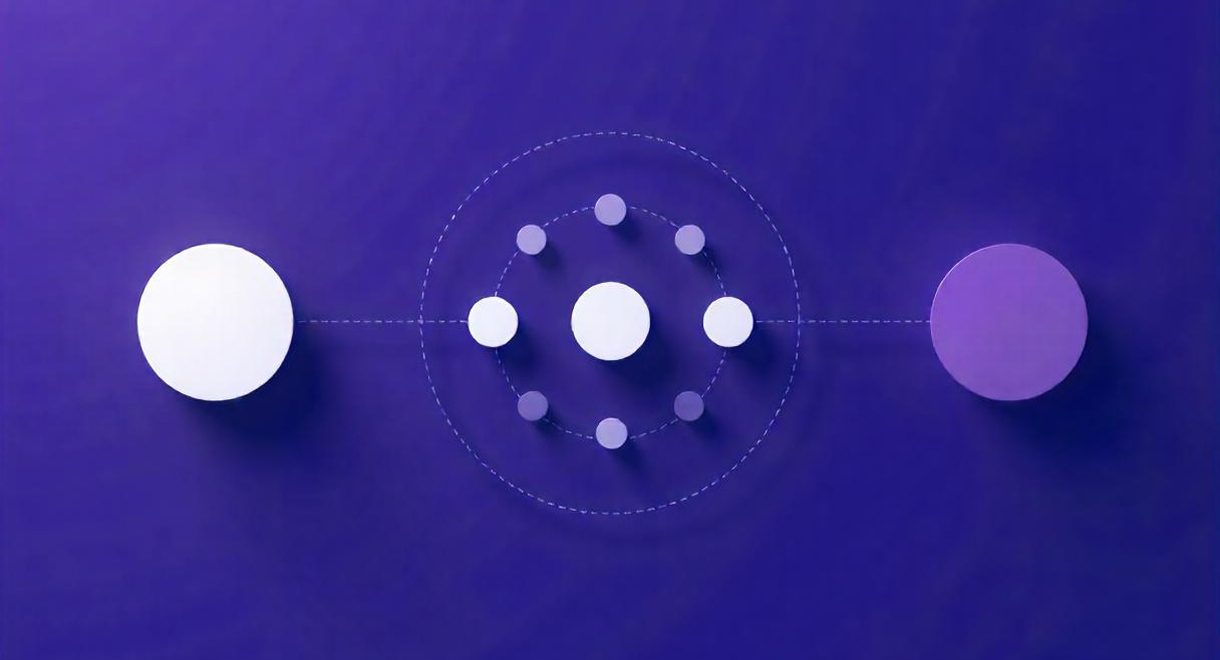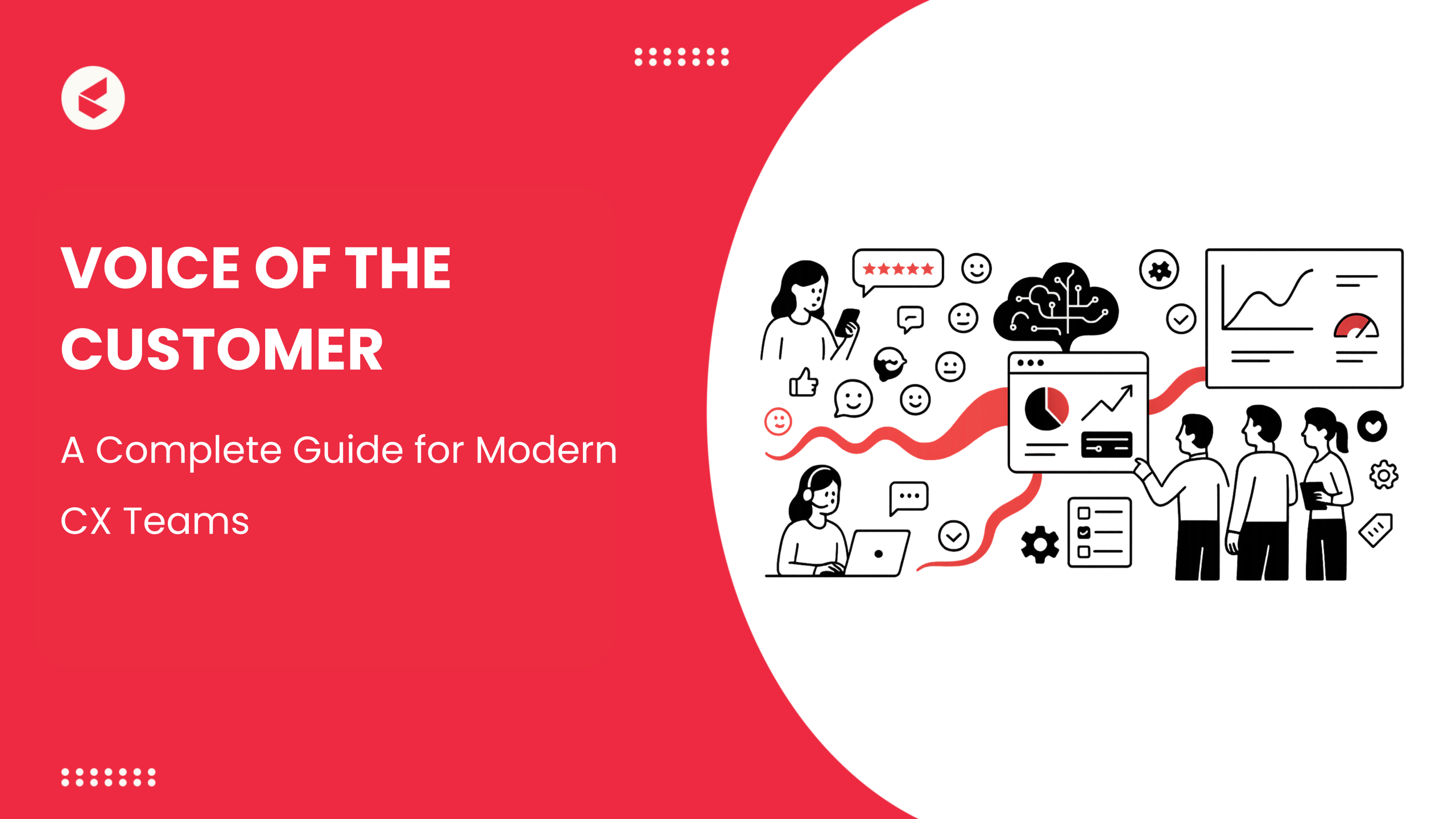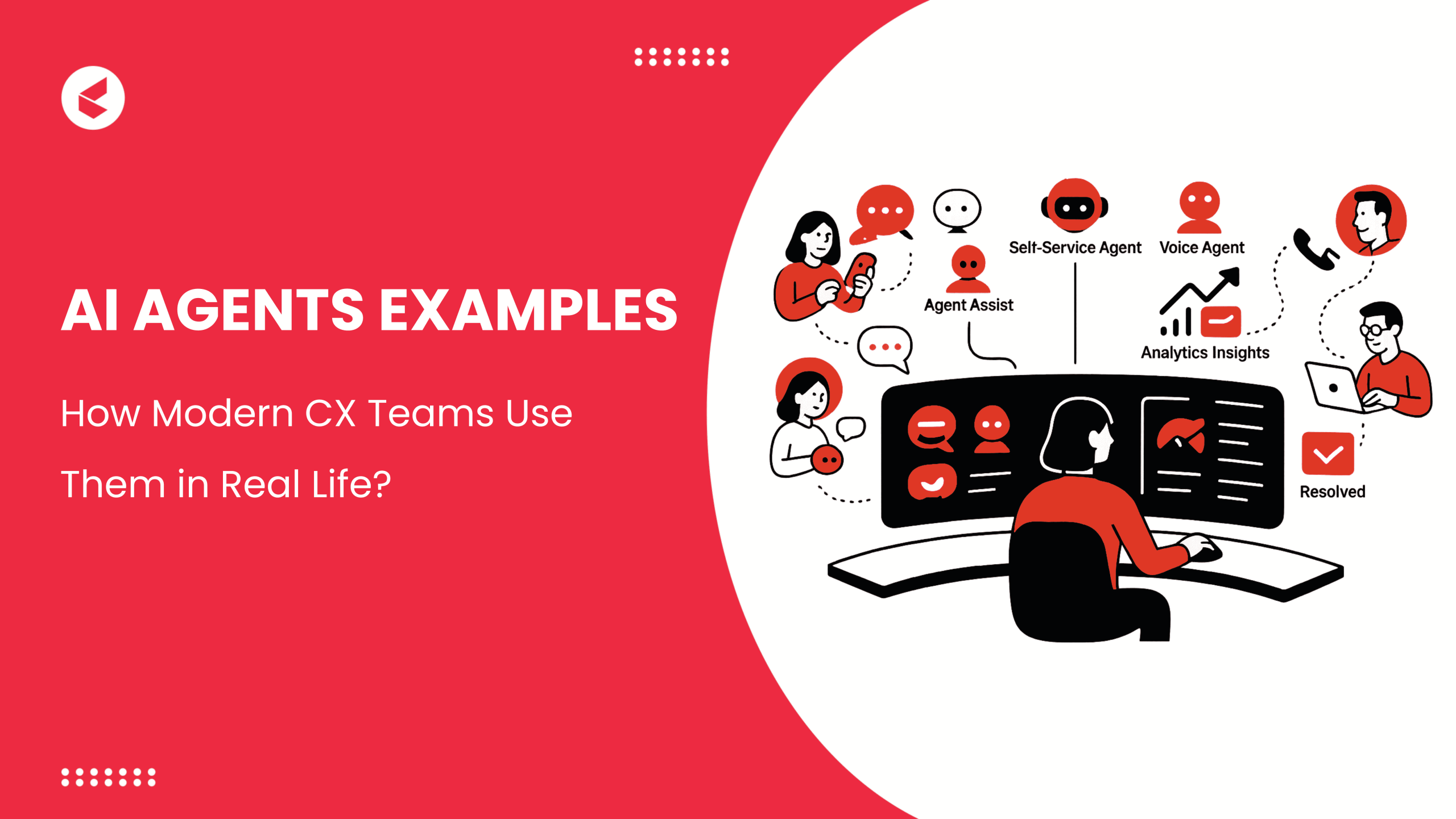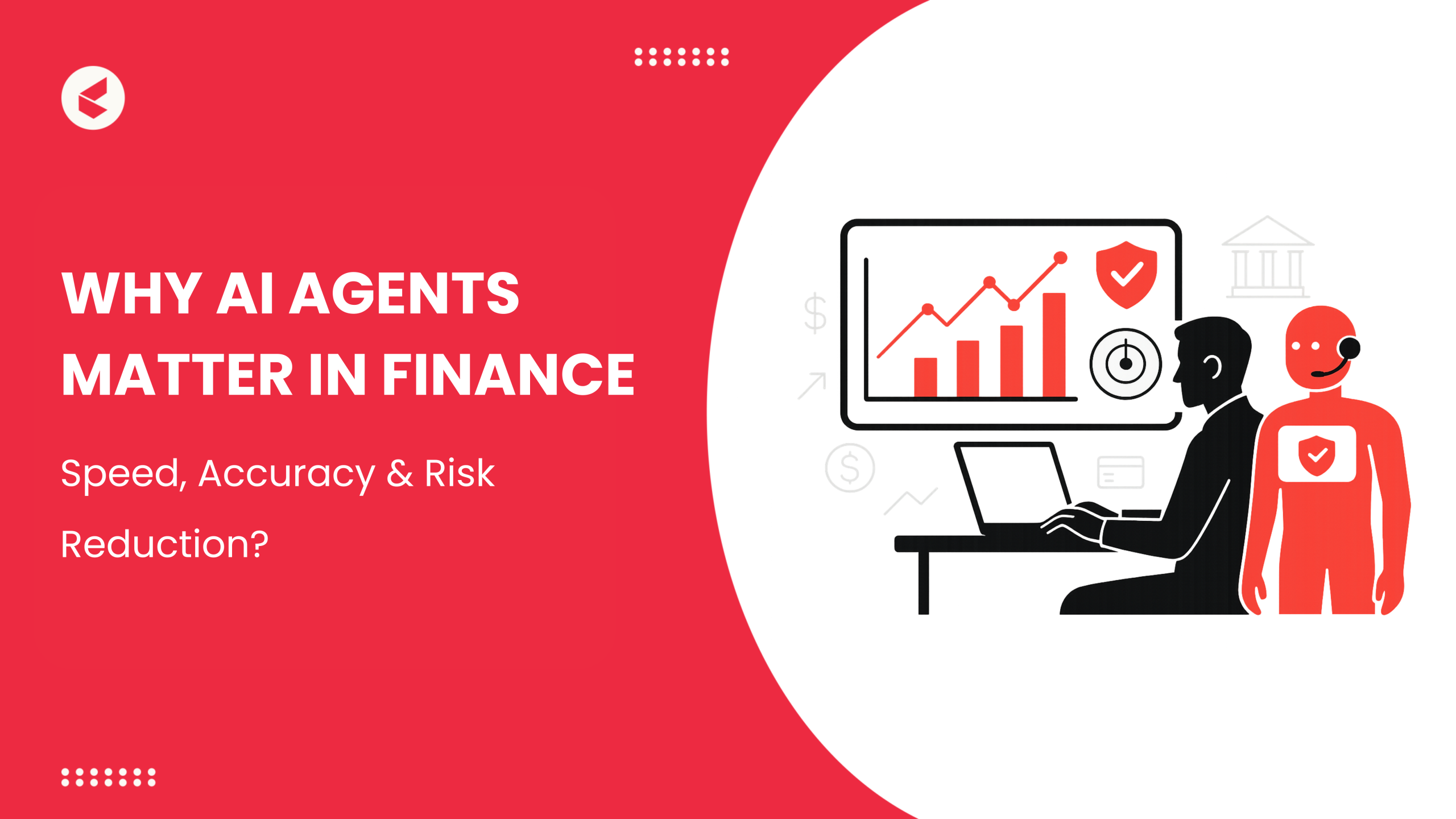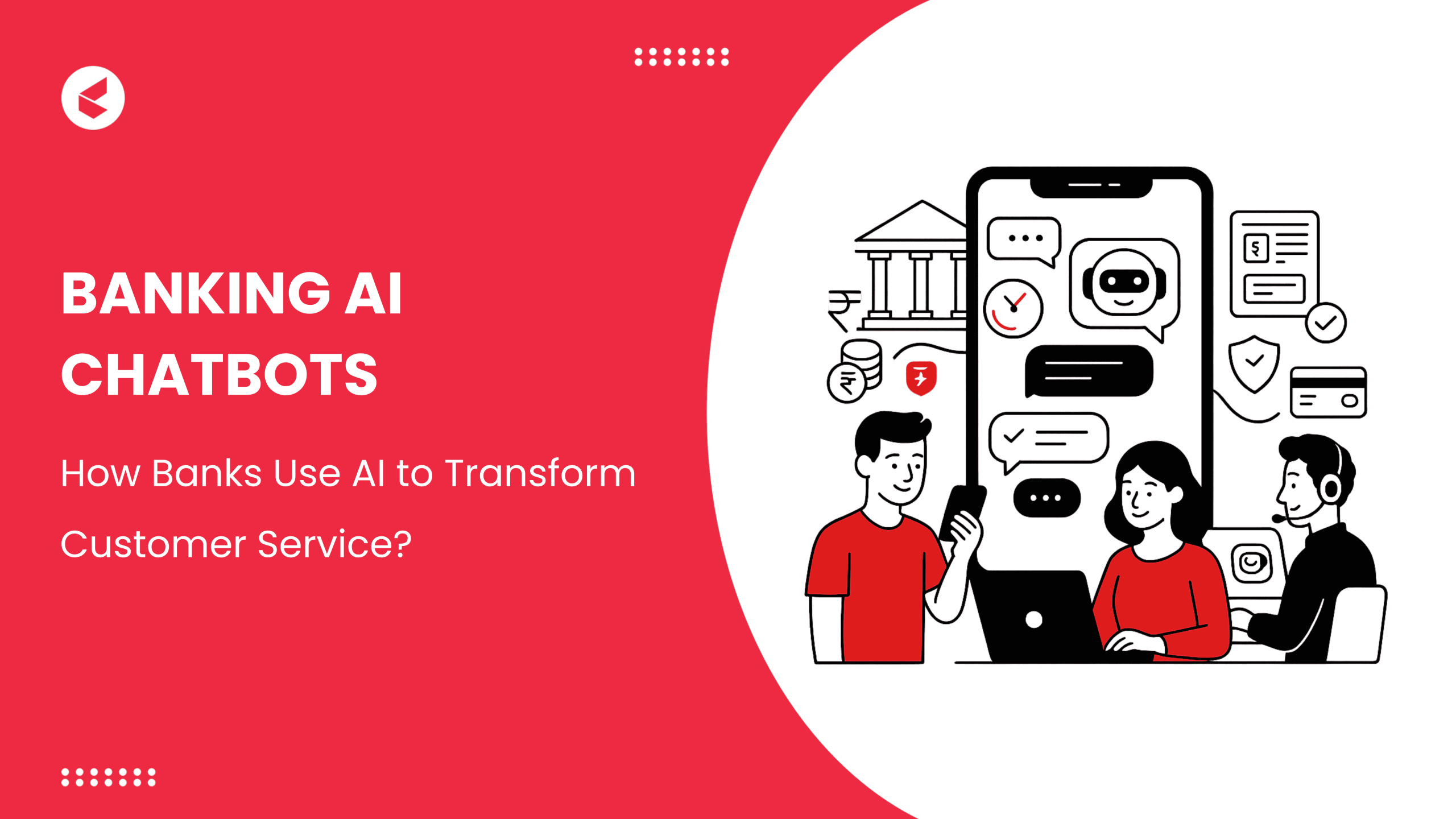The demands placed on AI in today’s business environment are no longer simple or isolated. Tasks often involve multiple layers of context, dependencies across systems, and rapid decision-making at scale. A single AI agent, no matter how capable, can struggle to manage that complexity alone.
This is where the shift toward multi-agent workflows becomes both practical and necessary. Instead of relying on a single system to handle everything, businesses are now deploying multiple AI agents that collaborate, with each designed to perform a specific function. One might interpret a customer query, another fetches relevant data, while a third generates a response, all within a connected framework.
The adoption of multi-agent systems is not just theoretical. Major tech companies are actively integrating these frameworks into their operations. Microsoft’s Copilot Studio now supports multi-agent orchestration, enabling agents to combine skills for more complex tasks. Similarly, Anthropic’s Claude model powers collaborative AI agents for software development and, when needed, serves as an AI agent for support.
In this blog, we’ll look at what’s driving this shift, how multi-agent systems actually work, and why this collaborative model is setting a new benchmark for AI-driven operations in 2025.
What Are Multi-Agent Workflows?
Multi-agent workflows refer to systems in which multiple AI agents work together, each handling a specific part of a larger task. Rather than relying on a single tool to manage everything, this approach distributes responsibilities across specialized AI agents that communicate and collaborate within a shared framework.
The concept is similar to how teams function in any shared workplace. Just as a marketing campaign might involve a strategist, a designer, a copywriter, and an analyst, each focused on their area, multi-agent workflows divide work between AI components built for different roles. This allows for better performance, fewer errors, and greater flexibility when handling complex or layered processes.
Several recent platforms have made this kind of collaboration more accessible.
- LangGraph helps developers create structured agent interactions using graph-based logic.
- CrewAI focuses on building and managing AI “teams” with defined roles.
- OpenAI is experimenting with agent coordination through internal frameworks like Swarm, aimed at enabling more sophisticated automation.
These tools mark a shift from single-point AI solutions to orchestrated systems designed for real-world complexity.
How Multi-Agent Workflows Function
While the concept of multi-agent workflows is straightforward, the mechanics behind their operation are more intricate. Here’s a look at how these systems actually function:
1. Task Decomposition and Assignment
When a complex request enters the system (for example, a customer asking about an order delay and loyalty points), an orchestration layer first breaks the request into discrete subtasks. Each subtask is then routed to the most suitable agent based on its capabilities—such as a data-fetching agent, a language understanding agent, or a decision-making agent.
2. Agent Communication and Coordination
Agents communicate using standardized protocols, often exchanging structured data (like JSON or XML) or leveraging message queues and APIs. This inter-agent messaging ensures that outputs from one agent can serve as inputs for another, enabling seamless handoffs and collaborative problem-solving.
3. Orchestration and Workflow Management
A central orchestrator (sometimes called a controller or coordinator) manages the workflow. It monitors agent progress, handles task dependencies, resolves conflicts, and can reassign tasks if an agent fails or stalls. This orchestration layer enforces business logic, prioritization, and error handling to maintain consistency and reliability.
4. Feedback Loops and Learning
Advanced multi-agent systems incorporate feedback mechanisms, where agents and the orchestrator analyze outcomes and performance metrics. This enables continuous optimization—agents can adjust strategies, share new insights, or update models to improve future workflow efficiency.
5. Security and Governance
Since multiple agents may access sensitive data or critical systems, robust authentication, authorization, and audit trails are essential. The orchestration platform enforces these controls, ensuring that agents only access resources they’re permitted to and that all actions are logged for compliance.
Example in Practice:
Suppose a customer requests a refund and status update. The orchestrator assigns the refund process to a finance agent, the order lookup to a logistics agent, and the customer communication to a language agent. These agents interact, share results, and the orchestrator ensures the customer receives a unified, accurate response—without redundant steps or conflicting information.
How Multi-Agent Systems Will Revolutionize CX
As businesses look for ways to deliver faster, smarter, and more personalized support, multi-agent systems are beginning to reshape what good customer experience (CX) looks like. By using a coordinated group of AI agents, each built to handle specific tasks, organizations are solving problems that previously required entire teams.
1 . Personalized Journeys
With traditional automation, customers are often pushed through pre-set flows. However, multi-agent systems allow for far greater flexibility. One agent can monitor customer behavior in real-time, another can draw on historical data, and a third can deliver content based on current intent.
This means customers can receive tailored experiences that shift based on their actions. According to a McKinsey report, 71% of consumers now expect personalization, and companies that excel at it generate 40% more revenue from those activities than their peers. Multi-agent systems make this level of personalization possible at scale.
2. Faster Complex Resolutions
Customer issues resolution often involve several steps, like verifying an account, checking delivery status, or processing a refund. In a typical setup, these might require handoffs across multiple systems or departments, adding delay. With multi-agent frameworks, each part of the issue can be addressed in parallel.
One agent might handle identity verification while another queries the backend system, and yet another crafts the response. This cuts resolution time significantly. Research by Forbes found that 2 out of 3 US adults will only go for companies that value their time; multi-agent CX aims to fasten processes to meet this expectation.
3. Continuous, Self-Optimizing Improvement
Beyond handling tasks, multi-agent systems can also learn and improve on their own. With the ability to track performance, evaluate past actions, and refine internal workflows, they become more effective with time.
In 2025, a Stanford research team introduced “SIRIUS,” a self-optimizing system for multi-agent setups. The study found that agents using feedback loops and outcome-based learning achieved an improvement of up to 2.86% in task performance in simulated environments.
In practical terms, this means fewer mistakes, smarter decisions, and a constantly improving experience for both customers and support teams.
Real-World Examples
Industries at the forefront of customer engagement, such as e-commerce, banking, and aviation, have begun utilizing multi-agent systems to modernize their operations.
- E-commerce: Online retailers are using agent-based models to handle tasks such as processing returns, sending tailored promotions, and managing subscriptions. With more shoppers expecting fast, personalized service, these systems offer a scalable way to deliver it. In fact, according to The Business Research Company, the voice-driven AI agents market grew to $151.39 billion in 2025.
- Banking: Financial institutions are applying multi-agent frameworks for customer service, compliance monitoring, and fraud detection. Gartner reports that by 2028, autonomous agents could be making up to 15% of business decisions in daily banking operations.
- Airlines: Airlines are updating legacy infrastructure with multi-agent workflows to streamline flight scheduling, ticketing, and maintenance planning. This shift has helped reduce delays and improve service reliability, particularly for global carriers.
The Caveat: The Need for CX Orchestration Platforms
While multi-agent systems bring efficiency and scale, they can quickly become chaotic without the right controls in place. As more businesses integrate these systems into customer experience workflows, the importance of orchestration is becoming increasingly clear.
Risks of Unmanaged Multi-Agent Systems
Without orchestration, AI agents may operate in isolation, leading to overlaps, missed steps, or conflicting outputs. One agent might respond with outdated information, while another processes incomplete data. These missteps aren’t just technical glitches; they affect customer satisfaction, trust, and brand reputation.
There are also operational risks. Uncoordinated agents can increase resource consumption, slow down processes, or expose sensitive information to security vulnerabilities. Without a unifying control layer, agent networks are more susceptible to disruptions and data leakage.
Why Orchestration Is Critical
Orchestration ensures that each agent is working in sync toward the same goal. It provides a structure for real-time communication, prioritization, and error handling.
Platforms are now offering orchestration tools that help define agent roles, manage workflows, and oversee execution across channels. With orchestration in place, businesses can avoid fragmentation and deliver a more consistent and reliable customer experience.
Preparing for the AI Dream Team Era
The rise of multi-agent systems signals a new chapter in the future of customer support, one where speed, personalization, and precision are delivered through coordinated AI collaboration. Instead of relying on one system to do it all, businesses are moving toward specialized agents that work together like a well-trained team.
But the real value of this shift only comes through strong orchestration. Without it, the advantages of automation can be lost in confusion or inconsistency.
Kapture CX helps businesses manage this complexity with a platform designed for intelligent CX orchestration.
Book a personalized demo to see how Kapture CX can bring AI agents together to create seamless, high-performing experiences.
